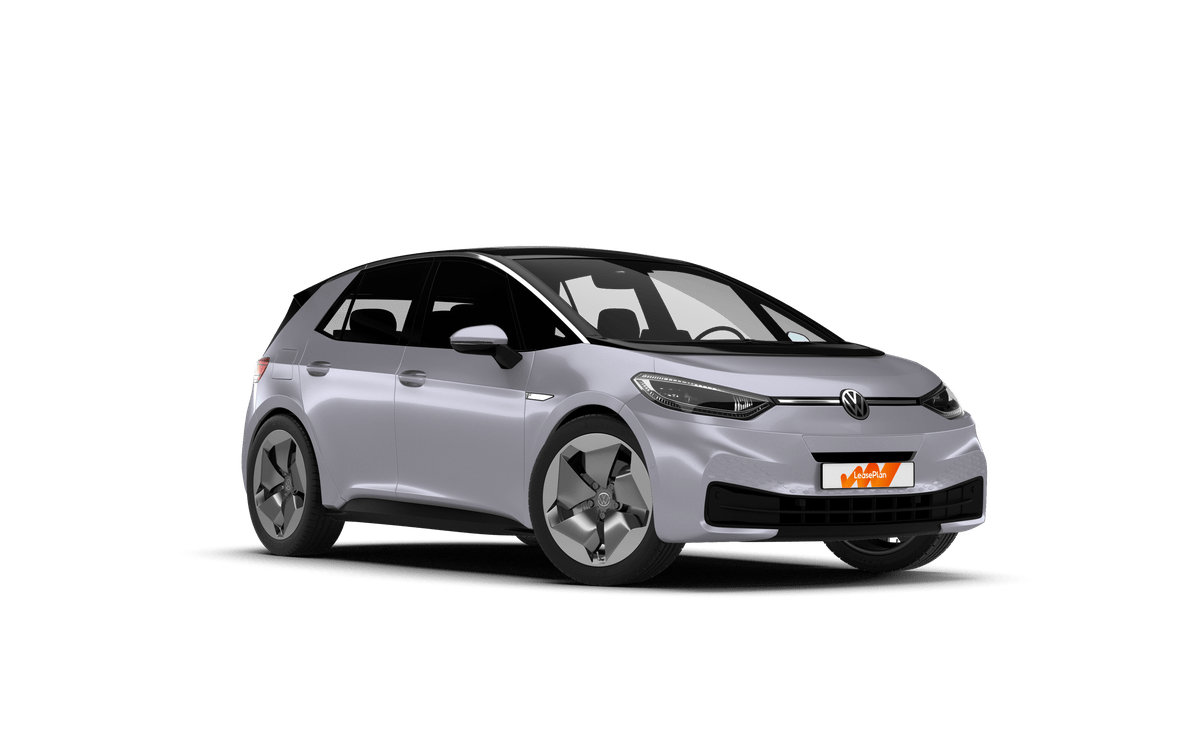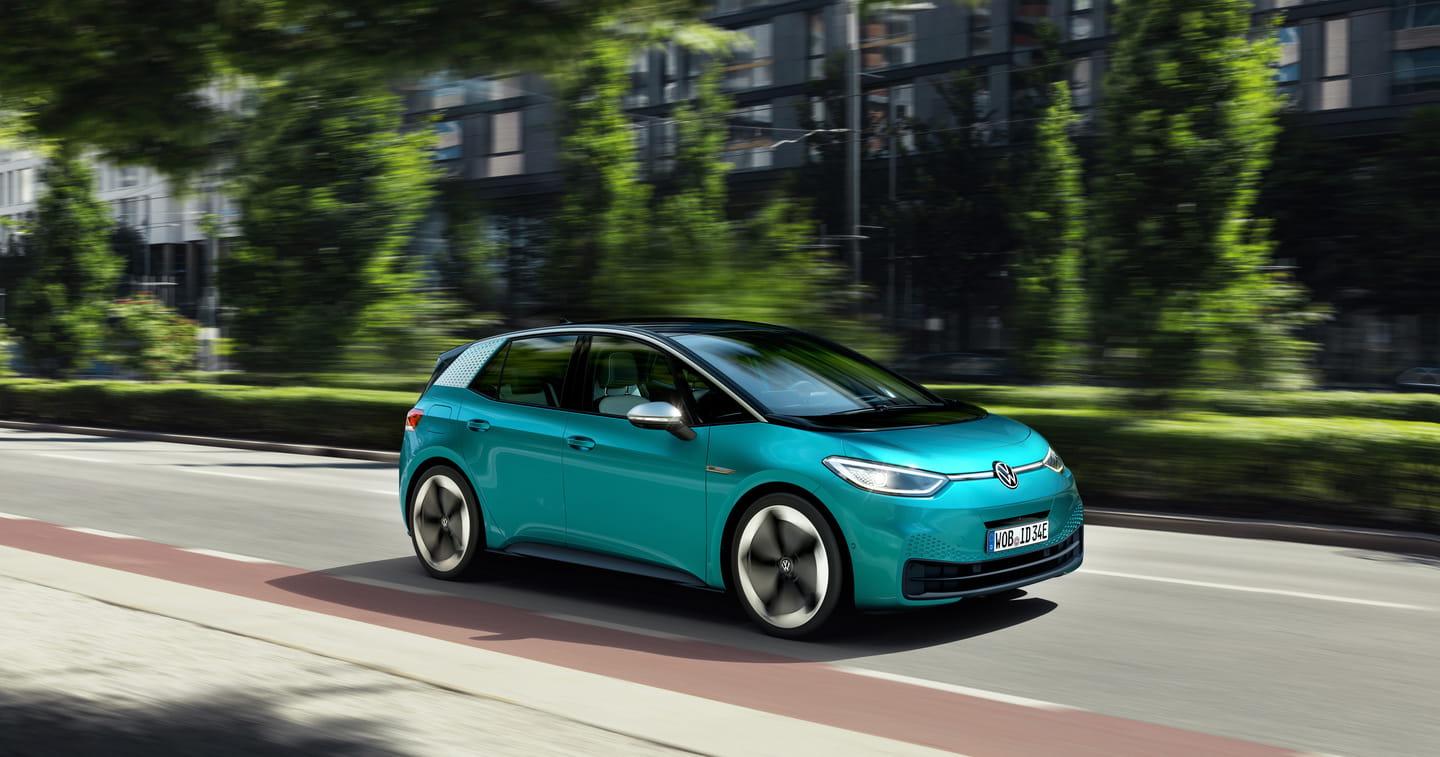
Car review – VW ID.3 Pro S 77 kWh
Driving range to spare
If you want a range of more than 500 kilometres, you can now also choose the VW ID.3, also known as the "Golf of the 21st century". Is it worth investing in extra kWh?
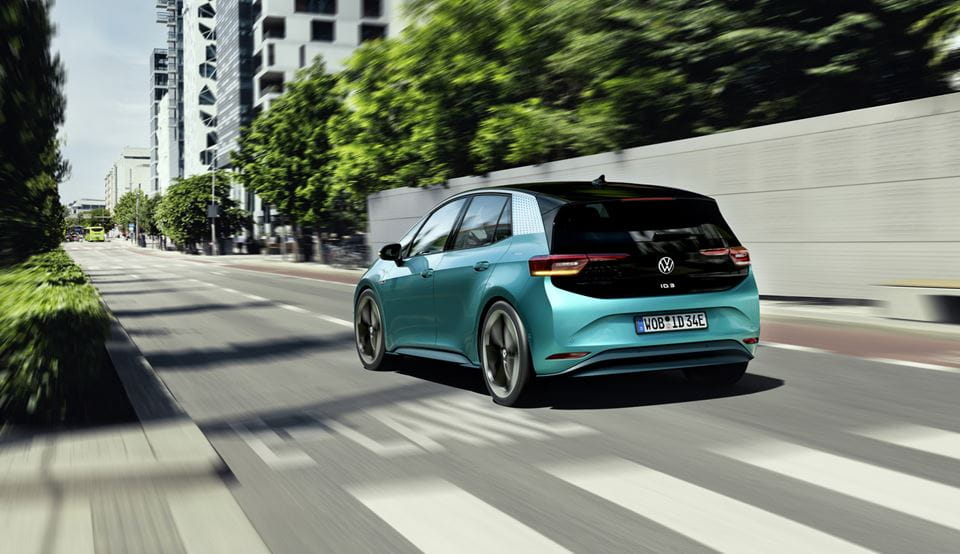
Born electric
Volkswagen chose to develop a separate electrical platform for the ID model family, which translates into exceptional interior space for fairly compact exterior dimensions as well as a very small turning circle. The design also clearly shows that the ID.3 is more than just an 'electric Golf'.
In some ways, though, VW has gone far - perhaps too far. The cockpit is minimalistic and completely digital, which means that even for common functions you have to tap the screen a few times. The interior design is futuristic, but VW apparently doesn't rate the visual and tactile quality requirements of its clientele as highly as it used to.
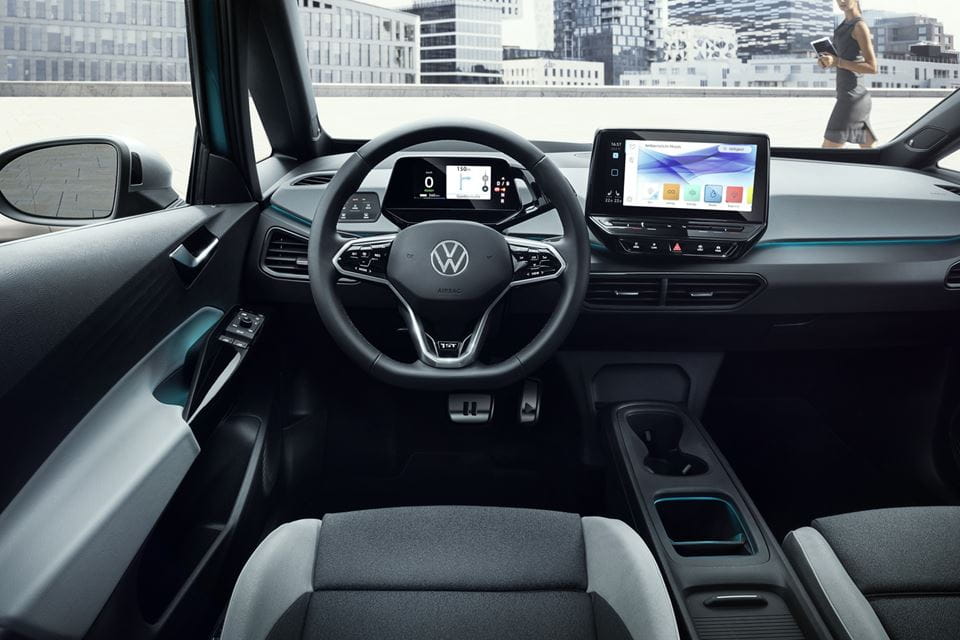
A battery for everyone
The big advantage of the ID.3 over its competitors is that it is available in a wide range of versions. The entry-level model has a 45kWh battery enabling you to travel 350 (theoretical) kilometres on a single charge. The middle version features 58kWh of cells for a range of 425 kilometres.
Those who really drive a lot and will or cannot avoid motorways now have the option to go for the 77kWh version, which has been rated at nearly 550 kilometres. That's very comfortable, to say the least. The top version also boasts 204hp of power, enabling the ID.3 Pro S to sprint to 100kph in less than eight seconds.
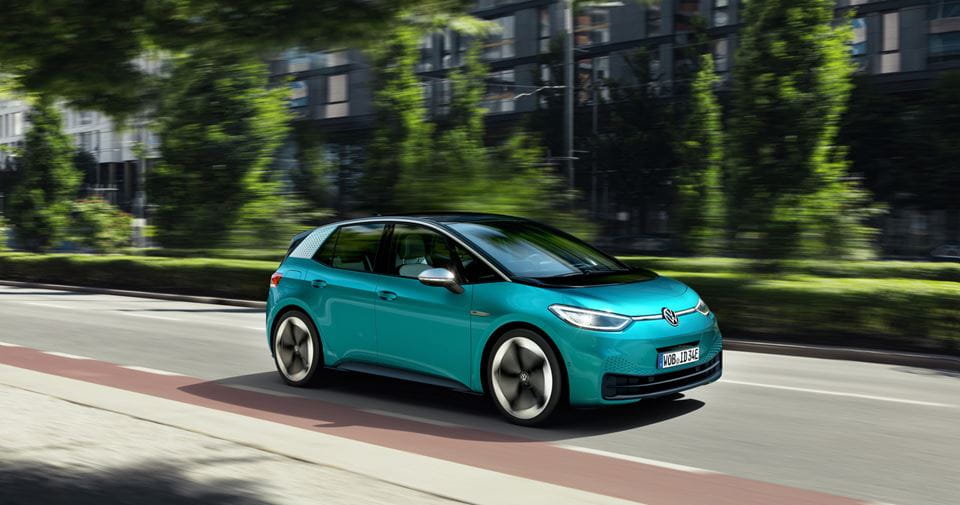
Heavy bloke
What is immediately noticeable is that this large-battery model is a lot heavier than the 58 kWh-battery version. The technical data sheet shows that it weighs 1,934 kilograms, which represents an additional weight of 129 kilograms.
This undeniably has an impact on performance on the one hand - the version with 58kWh battery is faster - and on efficiency on the other. We averaged 18.4 kWh/100 km and easily covered 400 kilometres on a full charge. With the medium-sized battery we achieved 16 kWh/100 km and more than 300 kilometres. You could conclude from this that the middle version reaches the sweet spot, while the top version falls victim to its own weight.
58 kWh with options or 77 kWh
Are you hesitating between the medium and large battery? The supplement is almost €4,000 - a budget you could spend on some extra equipment, because the standard ID.3 doesn’t leave the factory generously equipped.
The ErgoActive seats with lumbar support and certainly the heat pump (€ 1,395), which can reduce power consumption and thus increase the driving range, are highly recommendable.

